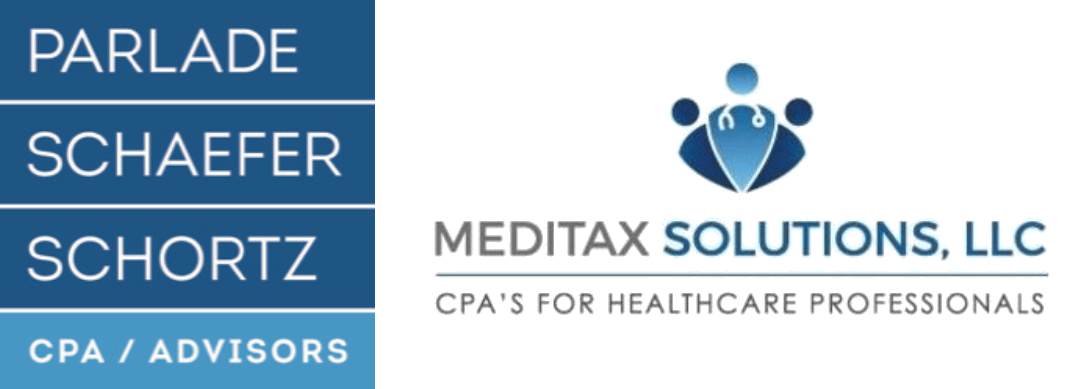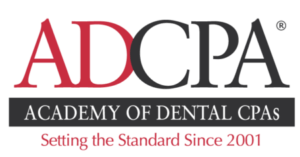Does Covid Tax Credits, Deductions, and Deferments Impact You?
It’s been a complicated year and in regards to this year’s tax season there has been confusion as to the impact it has on taxes. Many were placed on quarantines, worked from home offices, businesses were open and then closed again, employees on leaves of absences, and so on. First we’ll go over tax impacts as individuals and then as business owners.
So how does this affect your taxes?
Stimulus check confusion
If you qualified for a stimulus check and was shorted the correct amount, you can claim the unreceived amount on line 30. If you received the full amount then you do not report this. There have been two rounds of stimulus checks. The first round was $1200 per eligible adult and $500 per dependent. The second was $600 for each household member. If you received more than what was due there is no penalty.
If you received less than what you qualified for then report the unreceived amount as a Recovery Rebate Credit on line 30 of your 2020 tax return.
Can you claim a Home office
Many began to work remotely out of home offices during the shut downs. Unfortunately, if you are an employee working out of your home this deduction isn’t available to you.
BUT if you are self employed or a business, a home office deduction is an underutilized deduction. To qualify a home office it must be your principal place of business and the area in your home must be exclusively dedicated to business use. If you meet those requirements then a portion of your rent/mortgage, property taxes, and utilities may be deductible. The IRS has a simple calculation for a home office deduction which is $5 per square foot of your home office space, with a maximum deduction of $1500. A second method is to calculate your home office expenses based upon the percentage of your home dedicated to home office use.
Unemployment
If you are unsure if you owe taxes on unemployment, the answer is YES. Unemployment benefits are considered taxable income.
Charity Deductions
Charity deductions are now available to those that use the standard deduction. Even if you don’t use itemized deductions, charity deductions of up to 300 can be taken with the use of a standard deduction.
Gigs and Side Hustles
If you started freelancing or doing gig work keep in mind there is self employment tax, which is not the same as income tax. The current self employment tax rate is 15.3% of the first 137,000 of net income. To help offset this added tax burden keep clear records to take advantage of all your business expenses to reduce your taxable income.
Covid Tax Credit for Employers & Deferments
Covid Payroll Tax Deferment
If you run a business with employees and utilized deferring payroll taxes through the CARES Act, then keep in mind the 50% of the deferred amount is due by Dec 31, 2021, and the remainder is due by Dec 31, 2022. Your share of payroll taxes aren't available as a deduction until they are paid. This deferment was to help keep businesses open during the impacts of Covid.
FFCRA Tax Credit
If you are a business owner with less than 500 employees and paid covid related time off you may qualify for this tax credit.
The FFCRA covid tax credit for employers, allows an employer to claim 100% of qualifying covid related paid time off they paid to their employees.
This covid tax credit covers 100% of covid paid sick leave of upto two weeks, and upto 10 weeks of covid leave absences per quarter. Qualifying absences include; an employee missing work due to covid illness / symptoms, quarantines, or if the employee had to miss work to care for others with covid related difficulties. This includes if an employee missed work because schools and programs were closed due to covid and the employee was now left without childcare.
To take this credit keep records to substantiate the claim along with filing appropriate forms.
This credit can be applied immediately by reducing the qualifying amount from your quarterly business tax payments or can be claimed on your federal employment tax returns. This credit applies to covid paid time off from April 1, 2020 through March 31, 2021.
If you are self employed this covid tax credit may apply to you, speak to your tax professional to see if you qualify.
CARES Act Employee Retention Tax Credit
Through the CARES act qualifying business owners can receive a refundable covid tax credit of 50% of up to 10,000 in wages paid by businesses financially impacted by covid. This credit was to encourage businesses to retain their employees.
You can claim both the FFCRA tax credit and CARES Employee Retention Credit if you qualify for both, but don’t include the paid leave of absences in which you claim the FFCRA tax credit in the amounts for the CARES Employee Retention Credit.
Conclusion
To get the most out of your tax return, check with your tax professional to ensure you aren’t missing any deductions from the challenges of this past year.






